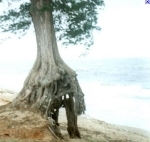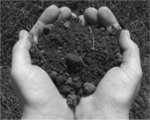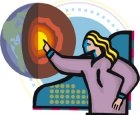
Worksheets and No Prep Teaching Resources
Reading Comprehension Worksheets
Erosion
Soil

Erosion
 Worksheets and No Prep Teaching Resources Reading Comprehension Worksheets Erosion Soil |
 Erosion |
| edHelper's suggested reading level: | grades 9 to 10 | |
| Flesch-Kincaid grade level: | 8.39 |
|
The Movement of Soil, Part 2
By Trista L. Pollard |

|
 |
Create Weekly Reading Books
Prepare for an entire week at once! |
| Leave your feedback on The Movement of Soil, Part 2 (use this link if you found an error in the story) |
 |
Erosion
|
 |
Soil
|
 |
Earth Science
|
 |
High School Reading Comprehensions and High School Reading Lessons
|
 |
Science
|